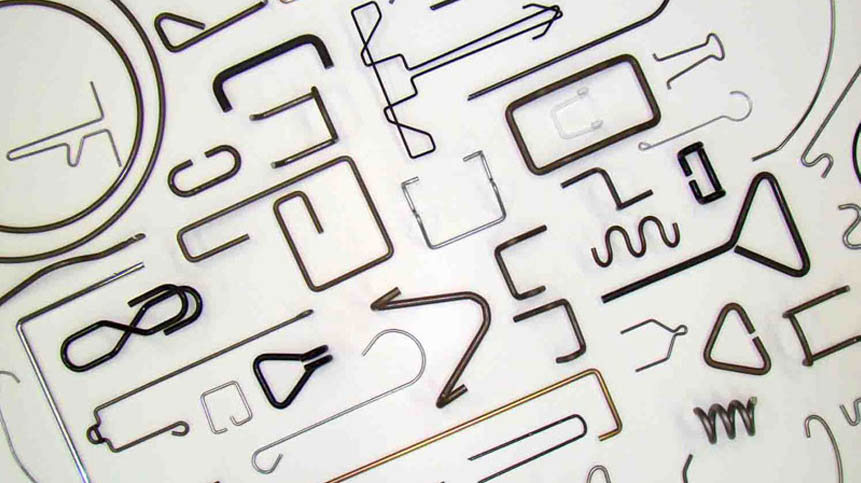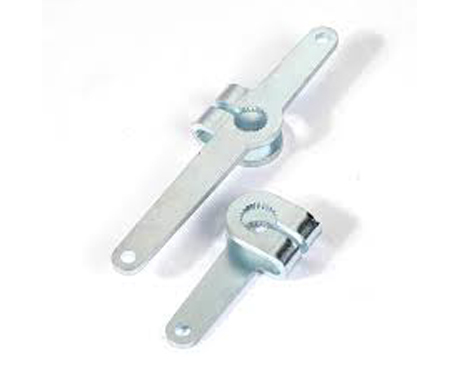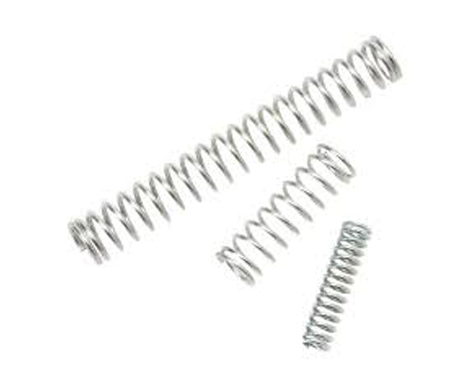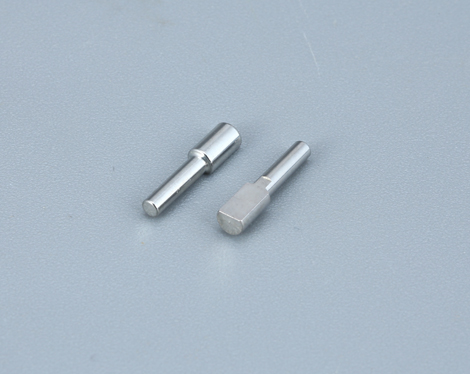1. Matters needing attention at the end of the stainless steel compression spring
Stainless steel compression spring end types may be normal or custom made. Standard ends can be open or closed, grounded or ungrounded. Given the same number of coils, wire size and outside diameter (OD), an open or closed end will change the spring rate. However, when used in conjunction with closed ends, this feature will enhance the perpendicularity of the loading force and reduce the tendency of the spring to buckle. The ground terminal requires additional fabrication work.
Some compression spring manufacturers offer enclosed and grounded lugs in their regular catalog stock designs; this is an important distinction to understand. Examples of special ends include expanding coils for snapping into ring grooves, offset legs for dowel pins, and reducing coils for screw connections.
2. Stainless steel compression spring material matters needing attention
Carbon steel and special alloys are just a few of the possible spring materials, the most popular being piano wire, a high carbon steel. Stainless steel 302 improves overall corrosion resistance, but is not as strong as piano wire. Nickel alloys are chosen for their extremely high or low operating temperatures, special corrosion conditions, and non-magnetic properties. In addition, copper alloys with excellent electrical conductivity and corrosion resistance include phosphor bronze and beryllium copper. If small stainless steel compression springs pass through a shaft or mandrel, the inside diameter of the spring needs to be considered. To prevent friction, there must be a thousandth of an inch between the shaft and the spring. To ensure that the compression spring is preloaded and stays in place it is recommended that its free length be a little longer than the available space, the settings used for the spring include additional components such as temperature and humidity. The more expensive the spring material, the higher the temperature the spring can withstand, which adds to its cost.
3. Stainless steel compression spring load precautions
The load or travel of the stainless steel compression spring also needs to be considered. The relationship between the force required to compress a spring by one unit of length, usually pounds per inch (lbs/in), is called the spring rate or spring constant. Thus, product designers can determine the expected spring travel under a specific load. As the spring is driven further, the pressure on the spring increases. The substance of the wire can eventually deform under pressure, causing a phenomenon known as spring deformation. Once set, the spring will not re-expand to its original unloaded length. However, depending on the components, this spring may be useful.


 English
English 

